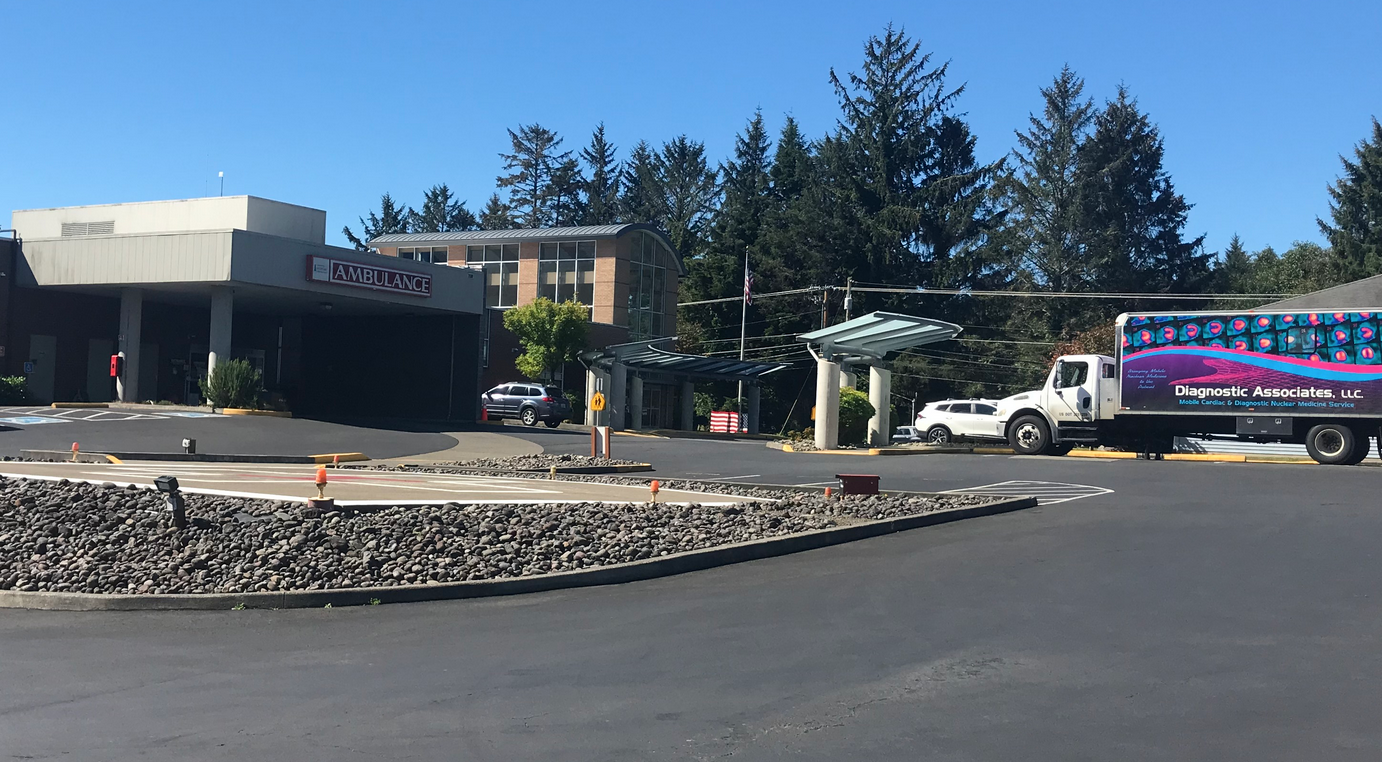New nest confirms recently restored plover habitat
Published 5:00 pm Tuesday, May 18, 2004
LONG BEACH – In early March, Willapa NWR employees and volunteers from Friends of Willapa National Wildlife Refuge spread oystershells in the snowy plover habitat restoration area consisting of 16 acres of dunes at the refuge’s Leadbetter unit for the benefit of the threatened Western snowy plover.
Trending
The birds apparently noticed, with at least one nest already established in the restored area. Earlier this week a snowy plover nest, home to three eggs, was spotted in this newly restored area.
“It is quite exciting to all of us in the community to see the snowy plovers have adopted this site so quickly,” commented Charlie Stenvall, project leader of the Willapa NWR. “This is a first glimpse at what our combined efforts can accomplish in having a positive impact in creating a successful habitat.”
The threatened Western snowy plover reaches the northern limit of its breeding range in Washington. Leadbetter Point is the largest and most significant snowy plover nesting area in the state. Extensive areas of formerly open dune habitat have been invaded by exotic beachgrasses, effectively reducing the amount and quality of sparsely-vegetated breeding habitat preferred by the plovers. Loss of suitable habitat and increased vulnerability to predators has been cited as one of the primary causes for endangerment of the Pacific Coast plover population.
Trending
In restoring dune habitat for the plovers, the invasive dune grasses are removed by bulldozer and oystershell is spread loosely through the area. The patches of oystershell within designated restored areas aid in concealment of snowy plover eggs and hatched chicks and reduce problems associated with blowing sand.
“Placing shell is laborious work,” commented Marie Fernandez, Wildlife Biologist for the Willapa NWR. During the March work session, volunteers Suzie Lundsten of Salem, Ore., and Lee Townsend of Surfside assisted Fernandez and Willapa Refuge Manager David Gonzales in spreading ten yards of donated shell within a one acre area.
Fernandez added her thanks to Taylor Resources as well for their donation of oystershell for the project. “It’s gratifying that all our contributions can so quickly make a difference in habitat. We’ll be monitoring the new nest in the restoration area and other new nesting sites, for signs of successful hatching.”
The Willapa NWR is home to many of the 300 bird species found in Pacific County, including scores of migrating shorebirds and waterfowl species that depend upon the mudflats and tidelands here for food and rest during their spring and fall travels. The snowy plover is present at Leadbetter Point year round and nests March through September.
The long-term goal of the habitat restoration project is to restore a significant amount of the native coastal dune ecosystem at Leadbetter Point (specifically, to restore and maintain at least 100 acres).
An important note: It is key for the success and recovery of this species that the nesting and surrounding area remain undisturbed by any humans or dogs. (To protect all species of wildlife, dogs are not allowed on the National Wildlife Refuge portion of Leadbetter Point.)
“It’s critical we stay as far away as possible to give them their best chance of success”, stated Fernandez.
Please obey signage to help protect these threatened birds. Area closure signs are displayed on the beaches at Leadbetter Point where the plovers routinely nest.









